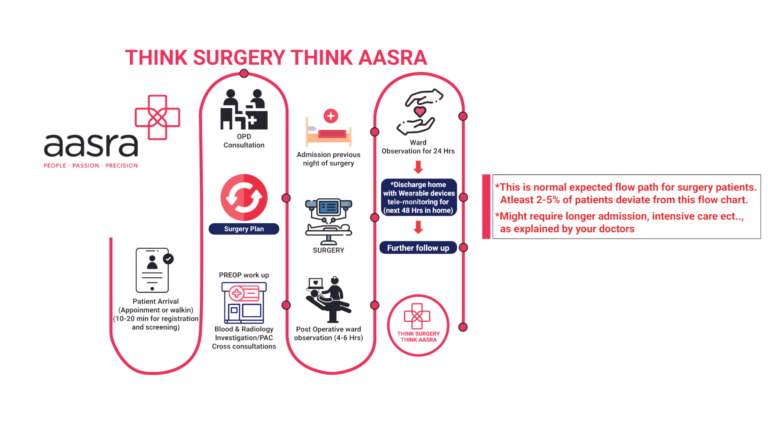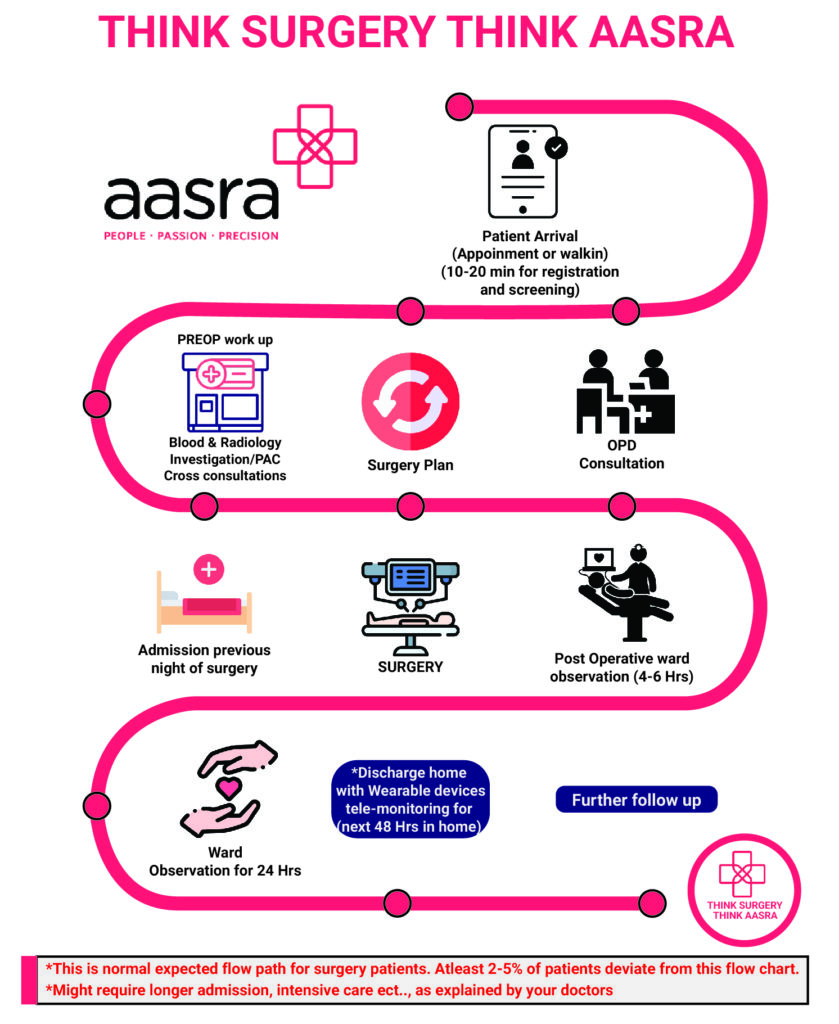
1 Day Procedure

USFDA Approved Procedures

No Cuts. No Wounds. Painless*.

Insurance Support
What is Trauma Orthopedics?
Any serious injury to the bones, joints, soft tissues, or both that is brought on by an external source is referred to as orthopaedic trauma. A quick event, such a vehicle accident or a fall, is frequently the cause of these injuries, but it is not always the case. Overusing a body part can also result in trauma.

1 Day Procedure

USFDA Approved Procedures

No Cuts. No Wounds. Painless*.

Insurance Support
What is Trauma Orthopedics?
Any serious injury to the bones, joints, soft tissues, or both that is brought on by an external source is referred to as orthopaedic trauma. A quick event, such a vehicle accident or a fall, is frequently the cause of these injuries, but it is not always the case. Overusing a body part can also result in trauma.
Types of Disease
Types of Disease

Type Here

Type Here

Type Here

Type Here

Type Here

Type Here

Type Here

Type Here

Type Here
AASRA Advanced Quaternary Care Center
- 100% Surgical Robotic Procedures. First of its kind Speciality hospital, in india
- First Hospital in Karnataka to introduce Mako Smart-Robotics for Knee and Hip Replacements. The only FDA Approved Robotic Arm assisted Joint Replacement
- First hospital in Karnataka to introduce complete endoscopic spine surgeries involving spine implants and fixations.This advanced system goes beyond the common Minimal Invasive Spine (MIS) Surgery conducted in most hospitals. The patient can walk back home in less than 23 hours after a major spine surgery*
- First hospital in Karnataka with 10+ certified Robotic Surgeons delivering high precision care.
- First hospital in Karnataka to introduce Versius Robotic platform to conduct robotic arm assisted soft-tissue surgeries and procedures.
- First hospital in Karnataka to introduce intelligent robotic ventilation system from Hamilton Ventilators. This system allows ICU doctors to strategise weaning protocols in a much better way and bring the patients out of ventilator support much earlier than conventional ventilation
AASRA Arthroscopy/Arthoroplasty
*Information here is on best case scenarios only. Patient cases are subject to individual variations depending upon severity of the diseases.
AASRA Advanced Quaternary Care Centre
AASRA Arthroscopy/Arthoroplasty
- 100% Surgical Robotic Procedures. First of its kind Speciality hospital, in india.
- First Hospital in Karnataka to Introduce Mako Smart-Robotics for Knee and Hip Replacements. This was done to provide the best available, and the only FDA Approved robotic arm assisted Joint Replacements to all our patients.
- First hospital in Karnataka to introduce complete endoscopic spine surgeries which include surgeries involving spine implants and fixations. This system goes beyond the now common Minimal Invasive Spine (MIS) Surgery conducted in most hospitals. The patient can walk back home in less than 23 hours after a major spine surgery*
- First hospital with 10+ certified Robotic Surgeons in one hospital.First hospital in Karnataka to introduce Versius Robotic platform to conduct robotic arm assisted soft-tissue surgeries and procedures to all our patients.
- First hospital in Karnataka to introduce intelligent robotic ventilation system from Hamilton Ventilators. This ventilation system will allow ICU doctors to strategise weaning protocols to patients in a much better way and bring these patients out of ventilator support much earlier and better than conventional ventilation.
*Information here is on best case scenarios only. Patient cases are subject to individual variations depending upon severity of the diseases.
AASRA Patients Review
AASRA Patients Review

AASRA Patients Review

Frequently Asked Questions
The amount of muscle and tissue around the bone, its blood supply, how severely it was shattered, the patient's age, and general health are just a few of the variables that affect how quickly a bone will heal. Things like smoking and diabetes that you may not believe important can sometimes have an impact on how quickly bones recover. Most fractures take 8 to 12 weeks to heal enough to be able to be walked on. Bones can heal differently in different places. This is typically caused by inadequate blood flow to these areas. There are some bones in your wrist, foot, and tibia that heal more slowly than others (shin bone).
Odd sensations following surgeries or an injury are frequent and are caused by edoema or inflammation at the surgical or injury site. Some surgical incisions or even the injury itself can sever or stun the nerves that supply the skin. This may result in some numbness around the incision, and these modifications may occasionally become permanent. You should speak with your surgeons as quickly as possible if you feel that following surgery you had typical sensations but they are now getting worse. It can indicate that the bandage is overly tight or that the swelling is excessive. You might need to visit an emergency room to get this assessed if you can't get in touch with your surgeon.
Your orthopaedic surgeon's clinic is the ideal location for an evaluation. You might visit your neighbourhood emergency department for a test if this method doesn't quite offer enough direction. The hospital's emergency room might be able to get in touch with your doctor or another surgeon who can help you.
Your bandages and wounds must typically heal before you begin an activity. Splints, casts, and surgeries can all make you stiff. Sometimes you require treatment to learn how to use crutches or other aids and to regain motion before your bones have entirely healed. You may learn how to walk around and/or perform daily tasks through therapy. Talk about it with your doctor. Always talk to your doctor before starting any workout or exercise regimen.
Frequently Asked Questions
The amount of muscle and tissue around the bone, its blood supply, how severely it was shattered, the patient's age, and general health are just a few of the variables that affect how quickly a bone will heal. Things like smoking and diabetes that you may not believe important can sometimes have an impact on how quickly bones recover. Most fractures take 8 to 12 weeks to heal enough to be able to be walked on. Bones can heal differently in different places. This is typically caused by inadequate blood flow to these areas. There are some bones in your wrist, foot, and tibia that heal more slowly than others (shin bone).
Odd sensations following surgeries or an injury are frequent and are caused by edoema or inflammation at the surgical or injury site. Some surgical incisions or even the injury itself can sever or stun the nerves that supply the skin. This may result in some numbness around the incision, and these modifications may occasionally become permanent. You should speak with your surgeons as quickly as possible if you feel that following surgery you had typical sensations but they are now getting worse. It can indicate that the bandage is overly tight or that the swelling is excessive. You might need to visit an emergency room to get this assessed if you can't get in touch with your surgeon.
Your orthopaedic surgeon's clinic is the ideal location for an evaluation. You might visit your neighbourhood emergency department for a test if this method doesn't quite offer enough direction. The hospital's emergency room might be able to get in touch with your doctor or another surgeon who can help you.
Your bandages and wounds must typically heal before you begin an activity. Splints, casts, and surgeries can all make you stiff. Sometimes you require treatment to learn how to use crutches or other aids and to regain motion before your bones have entirely healed. You may learn how to walk around and/or perform daily tasks through therapy. Talk about it with your doctor. Always talk to your doctor before starting any workout or exercise regimen.
Get in Touch
Tell us about your problems and we’ll choose out the best treatment option for you.
Get in Touch
Tell us about your problems and we’ll choose out the best treatment option for you.
